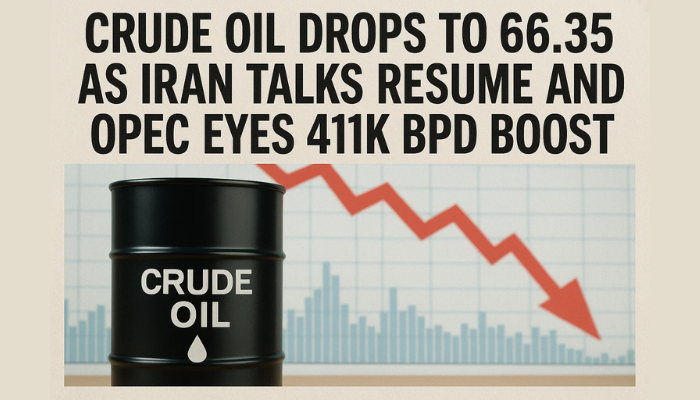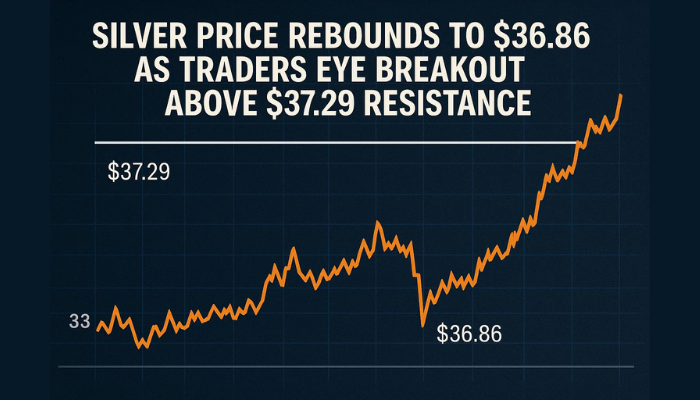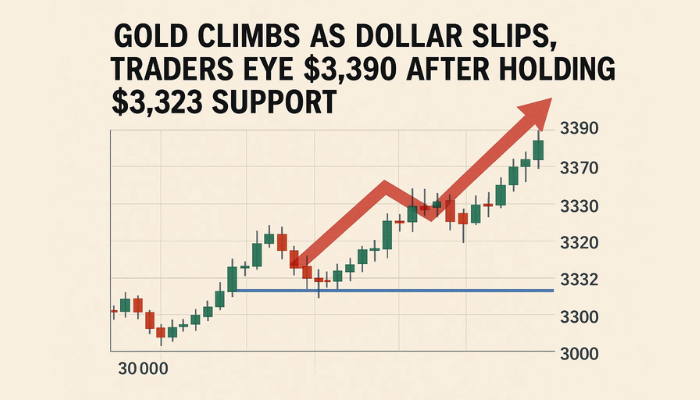How to Make Sense of Different Market Structures
Have you ever traded a forex strategy that performed really well up to a certain point and then experienced a considerable drawdown? There are a few things every trader needs to know about how to gauge what’s going on in the markets. If you can accurately distinguish between the different market structures, you will make smarter trading decisions, and of course, you will be much more profitable.
Different Market Structures
There are basically three directions in which a market can move: up, down, or sideways. The up and down movements are trends, and the sideways movements are called ranges or phases of consolidation. In this article, we’ll focus on how to handle the different types of up- and downtrends. If you’d like to sharpen up your range trading skills, I’ve dedicated an entire article to this topic: Pulling Pips out of Range-Bound Markets.
Trends
A trending environment is usually where you and I can make the most money from. Trading really strong trends is normally not too difficult, nevertheless, many traders lose money in strong trending conditions because they don’t know how to properly distinguish between the different kinds of trends. They also don’t know how to take advantage of the different trend structures they encounter.
Non-Volatile Trends
This is probably the easiest trend structure to trade. Here is an example of a non-volatile trend:
 USD/JPY Daily Chart (2014)
USD/JPY Daily Chart (2014)
Notice how the market didn’t make any notable pullbacks during this period. We see many large blue (bullish) candles with a few small red ones (bearish) in between. It is clear that the buyers didn’t get much resistance from the sellers. The price was above the 200-day moving average and the 20-day exponential moving average, which confirmed that the market was indeed in an uptrend. In this chart alone, the USD/JPY gained more than 700 pips.
When we encounter strong bullish trends like this, we often don’t get deep retracements where we can ‘buy the dips’. For example, some swing traders like to take entries on the 20-day exponential moving average when the price retraces back to it. Now when we examine this chart, we notice that the price didn’t even come near this moving average. For 36 trading days, the price didn’t touch the 20-EMA (you’ll only see 32 of these days on this chart, though). And when the price eventually traded down to this moving average, it broke right through it and fell almost 300 pips. Of course, an important structural change had already occurred by that time, and a clever swing trader wouldn’t have taken a long entry on the 20-EMA.
Therefore, in many cases, using breakout strategies can be more rewarding than, for example, waiting for pullbacks to the 20-EMA (on the daily chart). Traders who prefer to buy dips over trading breakouts can switch to lower timeframes to look for suitable retracements to trade, but before we examine this, let’s look at how to trade breakouts in strong trending, non-volatile environments:
 USD/JPY Daily Chart (2014)
USD/JPY Daily Chart (2014)
Perhaps you’ve never heard of a shaved bar before. A bullish shaved bar is a candle that closes at, or really close to its high. I normally use discretion when filtering out suitable shaved bars, but if you’re not sure whether a candle qualifies as a shaved bar or not, you can work on a close which is within the top 5% of the candle’s total range (for a bullish shaved bar).
As a simple example, let’s take a bullish candle with a range of 100 pips. This candle’s close would have to be within 5 pips of its high. With bearish shaved bars, it just works the other way around: the close needs to be very close to the low of the candle.
So how would we go about trading shaved bars? A really simple way to trade these powerful candles is to enter a trade when the price breaks the high of a bullish shaved bar or the low of a bearish shaved bar. Your stop loss can be placed just below the low of a bullish shaved bar, with a profit target which is equal to your stop loss distance. This gives you a reward-to-risk ratio of 1:1. Of course, you can use different stop loss and take profit parameters; this is just one way to trade shaved bars.
It is really important to only trade shaved bars in the direction of strong, non-volatile trends. There are other applications for trading shaved bars, but these require more skill and the confluence of several other factors.
You’ll notice in this chart, that there are two or three shaved bars which are rather small. If a shaved bar is too small, I don’t like to trade it. The smallest one (fourth one from the left) has a range of about 22 pips which means the stop loss on this trade would be about 22 pips. This is a really tight stop loss which wouldn’t suit all traders. Nevertheless, this trade would have worked out perfectly, as would all of the shaved bar setups in this example. If you had risked one percent of your account on each one of these setups, you would have made a decent profit of 7% in about 31 trading days.
This method of trading shaved bars on a daily chart is just one of the many ways to trade breakouts. Perhaps we’ll explore more breakout strategies in future articles, but for now, let’s look at how to trade the shallow retracements found in strong, non-volatile trends:
 USD/JPY 4-Hour Chart (2014)
USD/JPY 4-Hour Chart (2014)
This 4-hour chart represents the same period displayed in the daily chart we just examined. The shallow retracements that didn’t come close to the 20-EMA on the daily chart actually interacted perfectly with the 20-EMA on the 4-hour chart. Now if you had taken long entries on this 20-EMA with a 50 pip stop loss and a 100 pip target (just an example), you would have made a really good return, just like trading the shaved bars on the daily chart. Of course, if you want more confirmation than a mere retracement to the 20-EMA, you can use candlestick triggers like pinbars to further optimize your entries.
So even though we didn’t encounter any meaningful pullbacks on the daily chart, we were able to trade the shallow retracements we saw on the 4-hour chart with great success.
In strong non-volatile trends, we can often fine-tune our entries by switching one or two timeframes lower, and then observe how the price reacts to certain moving averages, like the 20-EMA, which is my favorite.
Volatile Trends
Volatile trends typically require a bit more skill to trade. The sharp pullbacks that occur in volatile trends can quickly take out your stop loss if you enter at the wrong time, especially when a poor entry is combined with a stop loss which is too tight.
Let’s look at a chart of the GBP/JPY:
 GBP/JPY Daily Chart (2009)
GBP/JPY Daily Chart (2009)
Can you see the difference between this chart and the USD/JPY daily chart? There is a clear difference in the structures of these two uptrends. You can see in this chart, that the retracements are much more powerful than with the USD/JPY example. The 20-day exponential moving average is often visited and the price even traded below it for several days.
It isn’t difficult to see that in this case, it would be much more lucrative to trade retracements than breakouts. I’m not talking about trading a breakout of a signal candle’s high which is situated at the bottom of a retracement (which is a good way of trading retracements), but trading breakouts as the exchange rate pushed to fresh highs, which would have been far from the ideal method in this case.
In this example of the GBP/JPY, the bargains were found at the 20-EMA and below it. If you had entered long trades in this region, it would have been easy for you to make a pretty handsome profit. Let’s zoom in and examine the signal candles which are marked with the purple arrows:
 GBP/JPY Daily Chart (2009)
GBP/JPY Daily Chart (2009)
Although not the only ones, these three signal candles presented excellent opportunities to go long. Of these three, I like the blue candle (first candle) the most. With this particular candle, the entry was taken at the closing price of the candle. If you’re looking for buying opportunities, it helps if the signal candle has a strong close and a large range like this one.
The two other signal candles could have been traded with breakout entry orders that would have bought when the price breached the high of these candles. As you can see, the stop losses are situated below the lows of the signal candles.
I didn’t plot any take profit levels on this chart, but the conservative trader would have aimed for a target of twice the stop loss value. However, all three of these trades could have achieved a reward to risk ratio of 4:1 or better.
It’s important to note that these three entries were taken near the recent swing lows and NOT near the recent swing highs. You’ll also notice that they were taken close to the 20-EMA which did a fairly good job of acting as dynamic support.
Remember, there are other tools which can help you to fine-tune entries in similar market conditions, of which trend lines, channels, and oscillators are but a few.
The most important thing to keep in mind is that in a volatile market you should try to buy low and sell high when the trend is up, and sell high and buy low when the trend is down. Don’t chase the price, wait for it to come back to you. If you chase the price in a volatile market, you’re turning the odds against yourself.
Are you having a hard time trading the markets at the moment? Maybe it’s time for you to try out our forex signals. Not only do we trade the forex market, but we also offer excellent Nikkei, crude oil, and gold signals. You can choose between free signals or our premium signals.
“Trading is all about observation.” Happy trading!
- Check out our free forex signals
- Follow the top economic events on FX Leaders economic calendar
- Trade better, discover more Forex Trading Strategies
- Open a FREE Trading Account


